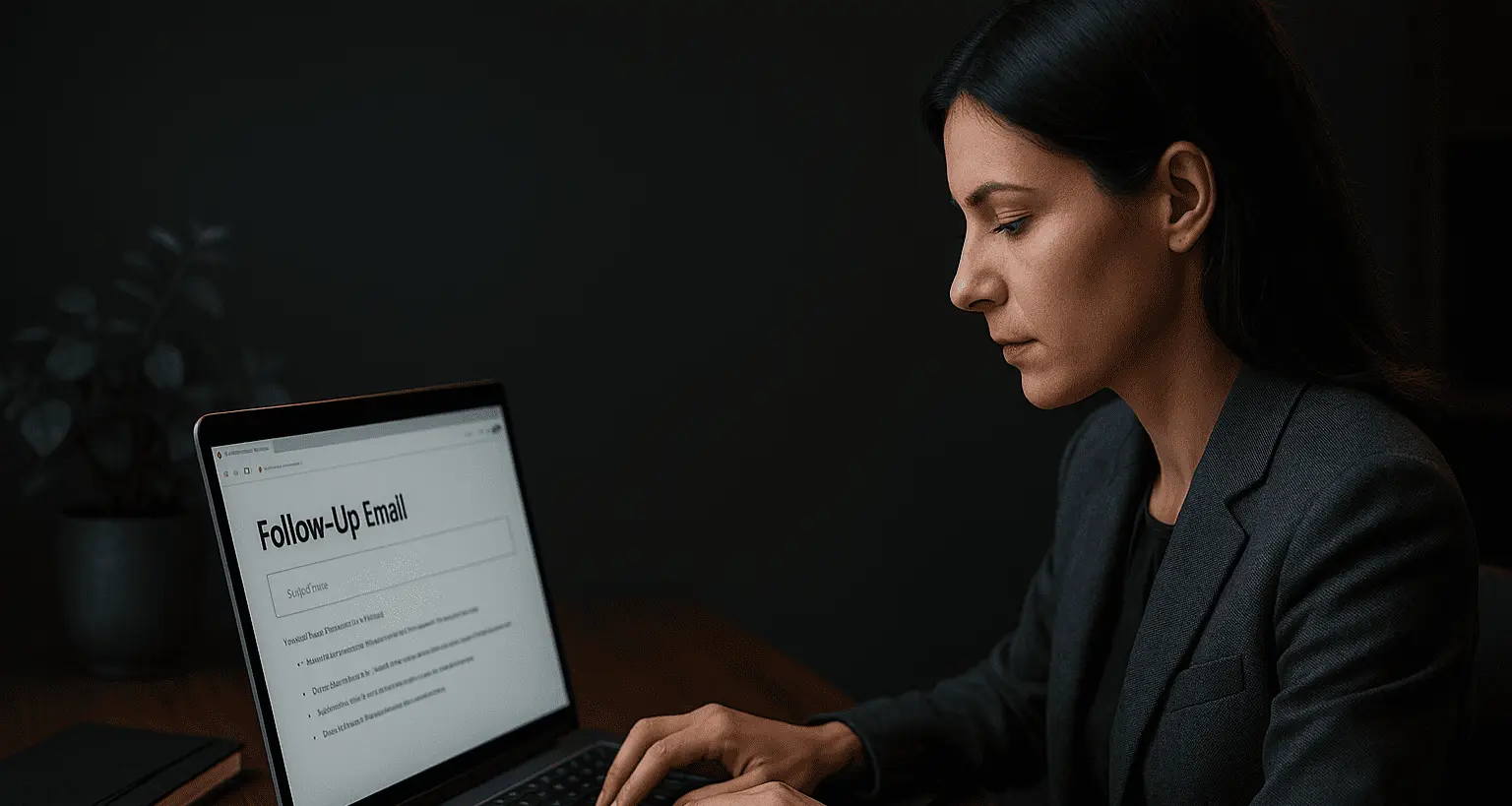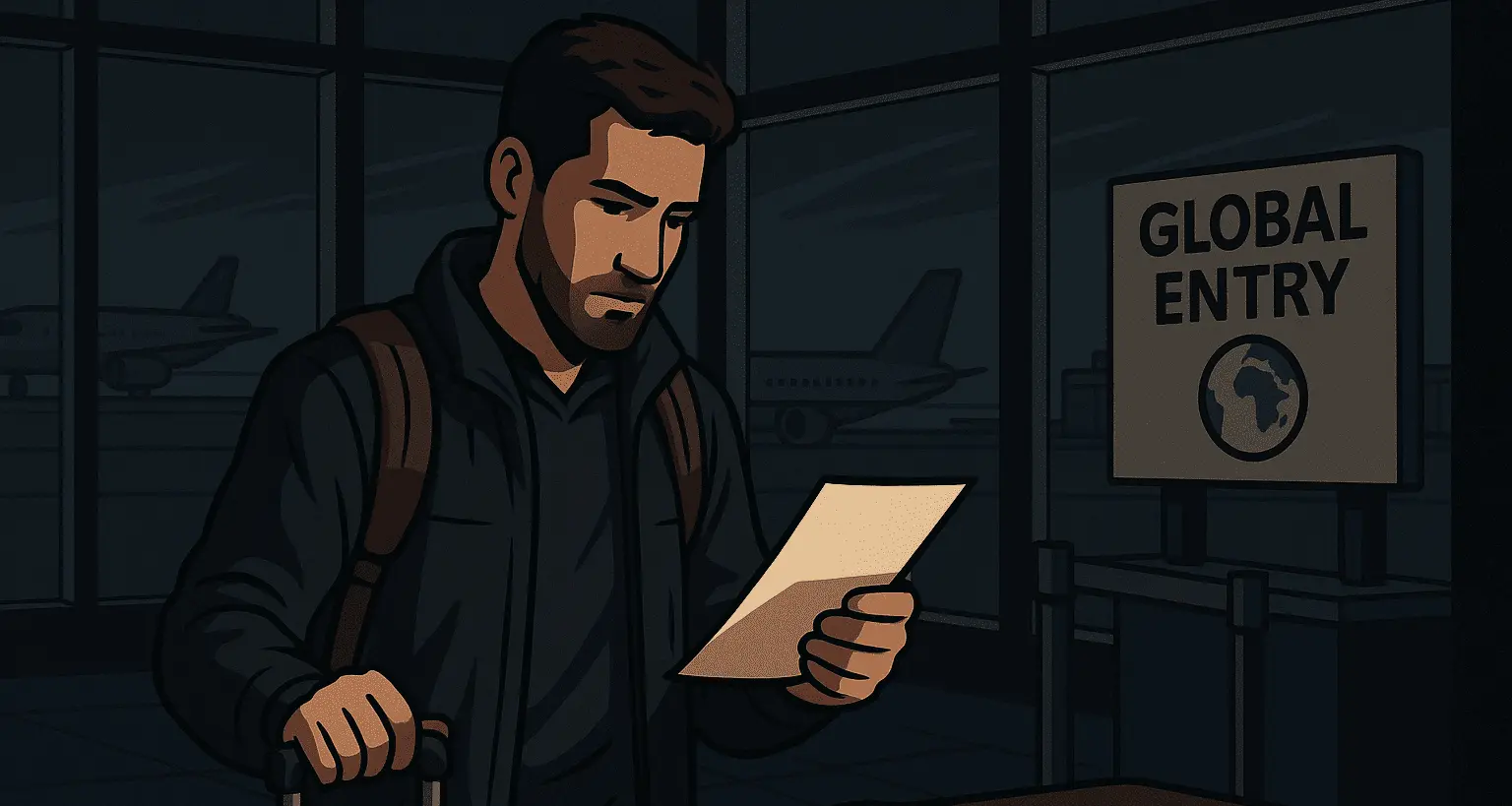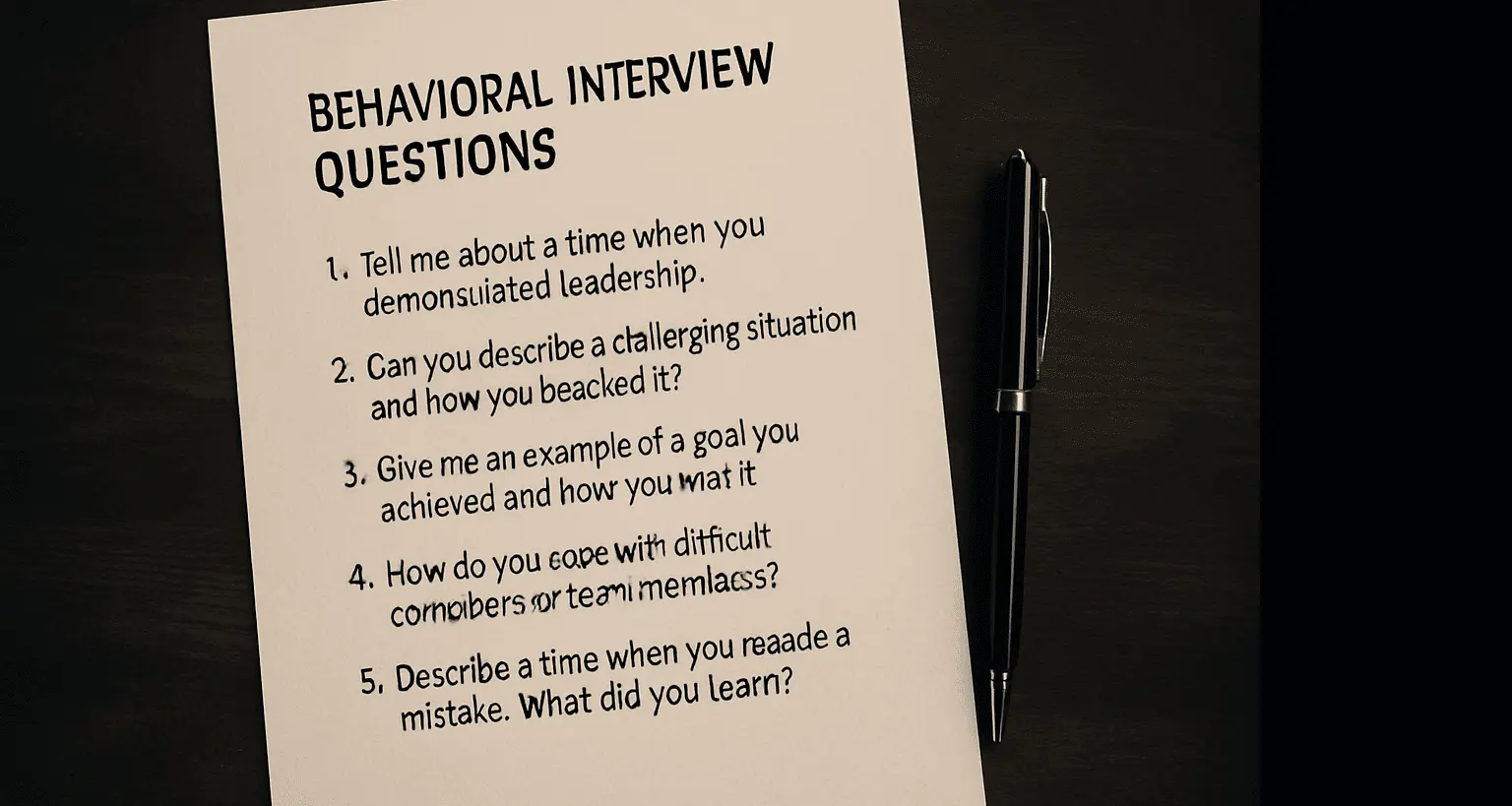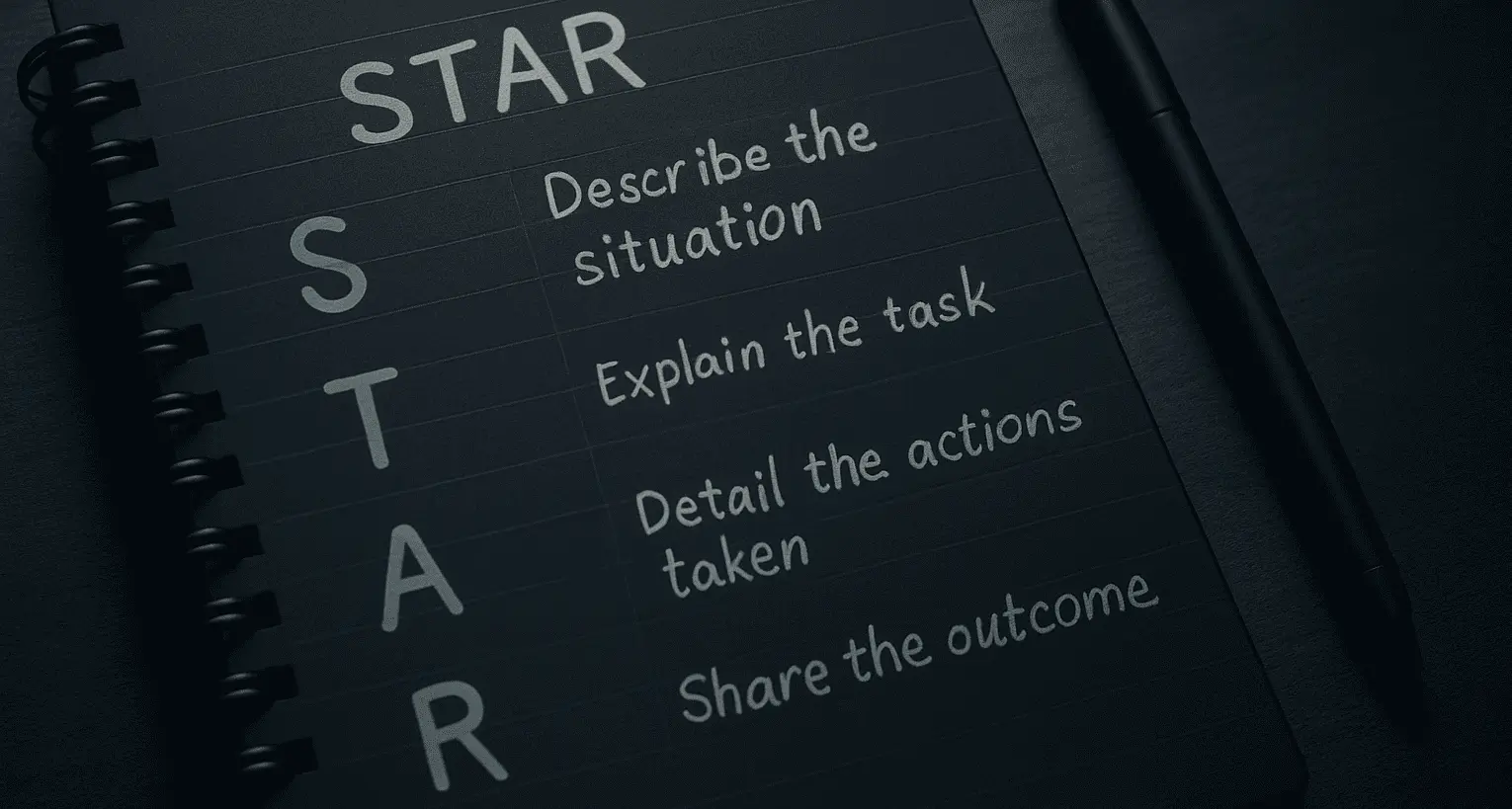Write a Thank You Email After Your Interview That Gets Remembered
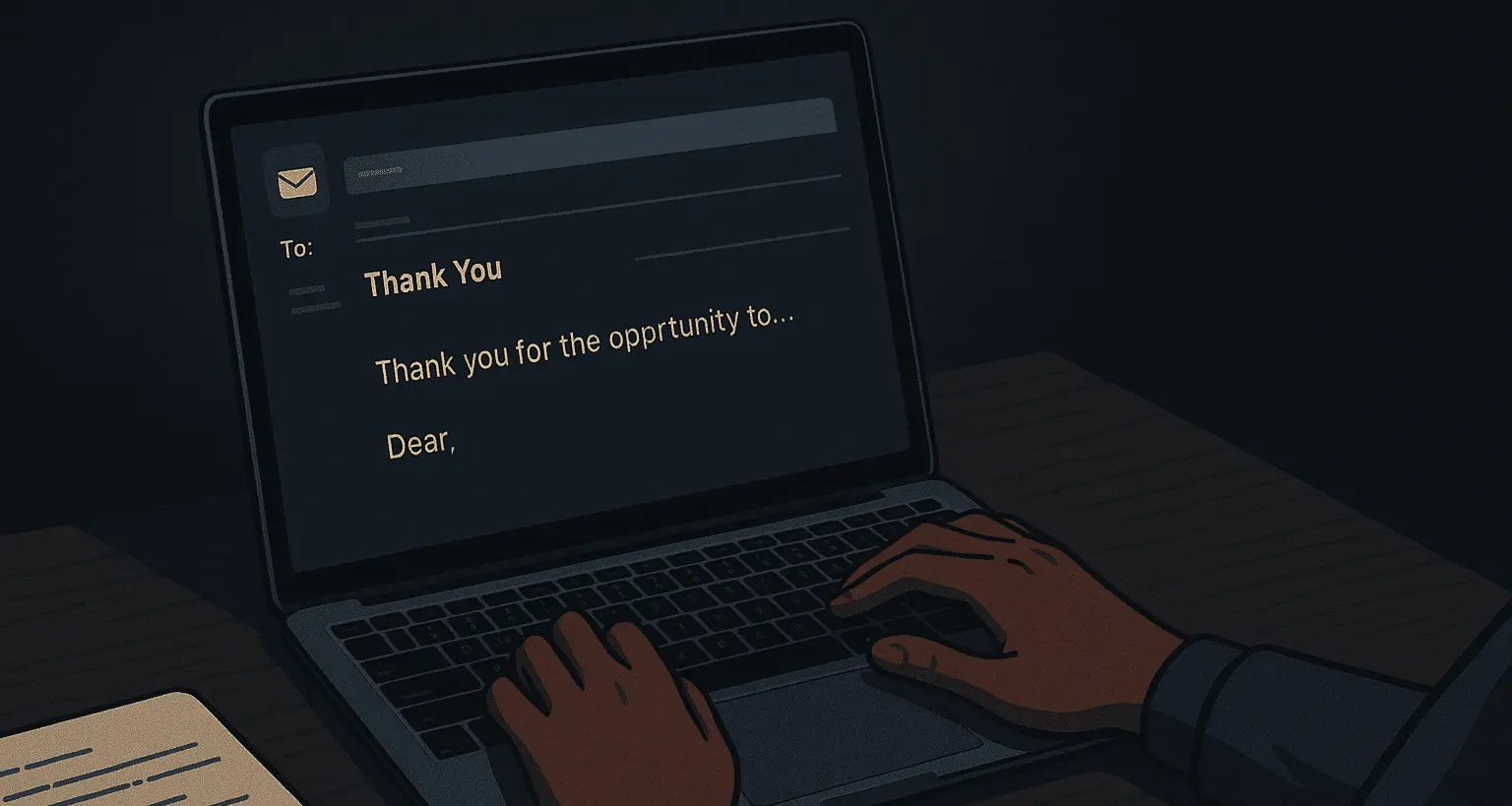
Minutes after you leave (or log off) an interview, a subtle window opens—a chance to reinforce your fit, your professionalism, and your energy. A well-crafted follow-up message is not a dusty formality. Done right, it's a strategic micro-touch that nudges decision makers to remember you for the right reasons. Skip this step and you blend in. Personalize it and you stand out—aim for a tone that reflects clarity and warmth.
I've reviewed thousands of post‑interview follow ups. Most are bland: "Thank you for your time. I look forward to hearing from you." That adds nothing. A powerful note does three things: (1) anchors a specific moment from the conversation, (2) reframes one of your strengths in the employer's language, and (3) advances the relationship—offering a resource, insight, or next step. You are not begging; you are continuing a professional dialogue. Write one that gets remembered by being concrete, concise, and human.
Why Post-Interview Follow-Up Still Matters
Some candidates wonder if sending a follow-up message still matters in 2025. Yes—because humans still make hiring decisions. A concise, specific note signals emotional intelligence, follow through, and genuine interest. Surveys from multiple recruiting firms show hiring managers are more likely to advance candidates who follow up thoughtfully versus those who vanish into silence. It's not magic—it's momentum and one of the simplest ways to stand out.
Timing & Send Window
Send your note within 2–6 hours for virtual meetings and by early evening for morning onsite sessions. Too fast (e.g., 5 minutes later) feels automated; too late (next day) loses freshness. If you interviewed late in the day, send it that evening or first thing next morning—never wait past 24 hours unless circumstances demand it. Quick action demonstrates enthusiasm.
Subject Line Ideas & Examples
- Appreciated our discussion on customer retention – thank you
- Following up: expanding on the conversation & next step thought
- Grateful for the conversation on scaling the data pipeline
- Thanks – expanding on the onboarding idea we discussed
- Thank you – plus a quick resource we mentioned
Core Anatomy of an Effective Message
- Personal opener: Use the interviewer's name and reference a specific moment from your conversation ("Your question about cross-functional friction…").
- Value echo: Tie one job requirement back to a strength you illustrated during the interview.
- Micro expansion: Add a concise insight, resource, or clarifying sentence you didn't get to mention.
- Future orientation: Express genuine enthusiasm about contributing—not generic desire for "the role."
- Graceful close: Invite further questions without pressure. Sign with a clean signature block.
Professional Template (Adapt to Your Style)
Below is a flexible structure. Replace placeholders—never ship filler copy. For additional interview prep, check out our resource on mock interview questions.
Subject: Appreciated our conversation on lifecycle retention
Hi Maya,
Thank you again for today’s interview. Your question about reducing churn during the first 45 days of a customer lifecycle stuck with me. It aligns strongly with the lifecycle experiment I led last quarter—cutting early churn by 18% without extra spend.
As a quick follow up, I attached a one-page framework summarizing the onboarding checkpoints we touched on. (Page 2 highlights the micro-survey cadence you asked about.)
The blend of product intuition and data rigor your team is cultivating is exactly where I thrive. I’d be excited to help refine activation metrics and coach newer analysts through instrumentation pitfalls.
If any other details would be useful—happy to elaborate.
Warmly,
Adrian
Short Version for Busy Schedules
Sometimes a brief message beats a lengthy one. Use this approach when you had multiple back-to-back panel interviews and need to respond quickly.
Subject: Thanks – enjoyed diving into API reliability
Hi Jordan,
Appreciated your perspective on incident retros. The layered alerting system you’re refining resembles what I implemented to drop false pages by 30%. Would value the chance to contribute similar stability gains.
Thanks again for the conversation.
– Priya
Multi-Round Interview Process Strategy
For multi-round processes, you can send a personalized message to each interviewer—just avoid copy-pasting. Maintain a shared theme (customer obsession, reliability, creative experimentation) while varying the specific anecdote. Track what you referenced so you don't repeat the same growth statistic three times.
Thoughtful Extras (Keep It Light)
Attachments? Only if explicitly relevant. A one-pager, a code snippet link, a design mock, or a condensed case study works well. Overloading your message with slide decks screams desperation. One supplementary artifact = professional. Five = noise.
Common Mistakes to Avoid
- Generic praise: "Your company is amazing." Say what specifically impressed you.
- Over-apologizing: Don't highlight a minor stumble unless it materially obscured a qualification.
- Repetitive phrasing: Avoid using the same phrase repeatedly throughout your message—maintain natural cadence.
- Delayed response: Waiting two days signals low drive.
- Premature requests: Don't pivot into a nudge for decision timeline unless days have passed without clarity.
Declining a Position Respectfully
Occasionally you will decide a role is misaligned. A respectful follow-up can preserve rapport for future openings.
Hi Elena,
Thank you for today's deeper dive. After reflecting, I believe my strengths in early-stage build cycles may not align with the later optimization phase this role emphasizes right now. I'm genuinely grateful for the transparent overview, and I hope to reconnect if a growth experimentation slot opens.
Wishing you continued success this quarter.
Respectfully,
Marcus
Handwritten Notes: When They Work
In certain niche industries—boutique design studios, legacy publishing—a physical follow-up can differentiate. But digital speed still reigns. If you do both, send the email message first; a handwritten card can arrive days later as a second touch.
Tracking Your Follow Ups
Build a simple tracker: Company, Role, Interview Date, Interviewers, Themes, Follow-Up Sent (Y/N), Next Action Date. This prevents forgetting who asked what and when. Each personalized note becomes more effective because you recall nuance from prior conversations.
If You Don't Hear Back
If you hear nothing after a week (or past the stated decision window), it's acceptable to send a gentle check-in—distinct from your original message. Keep it crisp: reaffirm interest, ask if any additional context would help, and thank them again for their time. Professional persistence beats anxious daily pings.
Making It Work for You
Your message is a lever—small, simple, but capable of compounding perception. Don't chase theatrics: chase clarity, specificity, and respect. When you treat it as a continuation of a meaningful professional conversation, it becomes authentic rather than formulaic. Craft yours with intention today; small edges add up to offers. These templates and tips are a starting point—refine them to sound like you.
